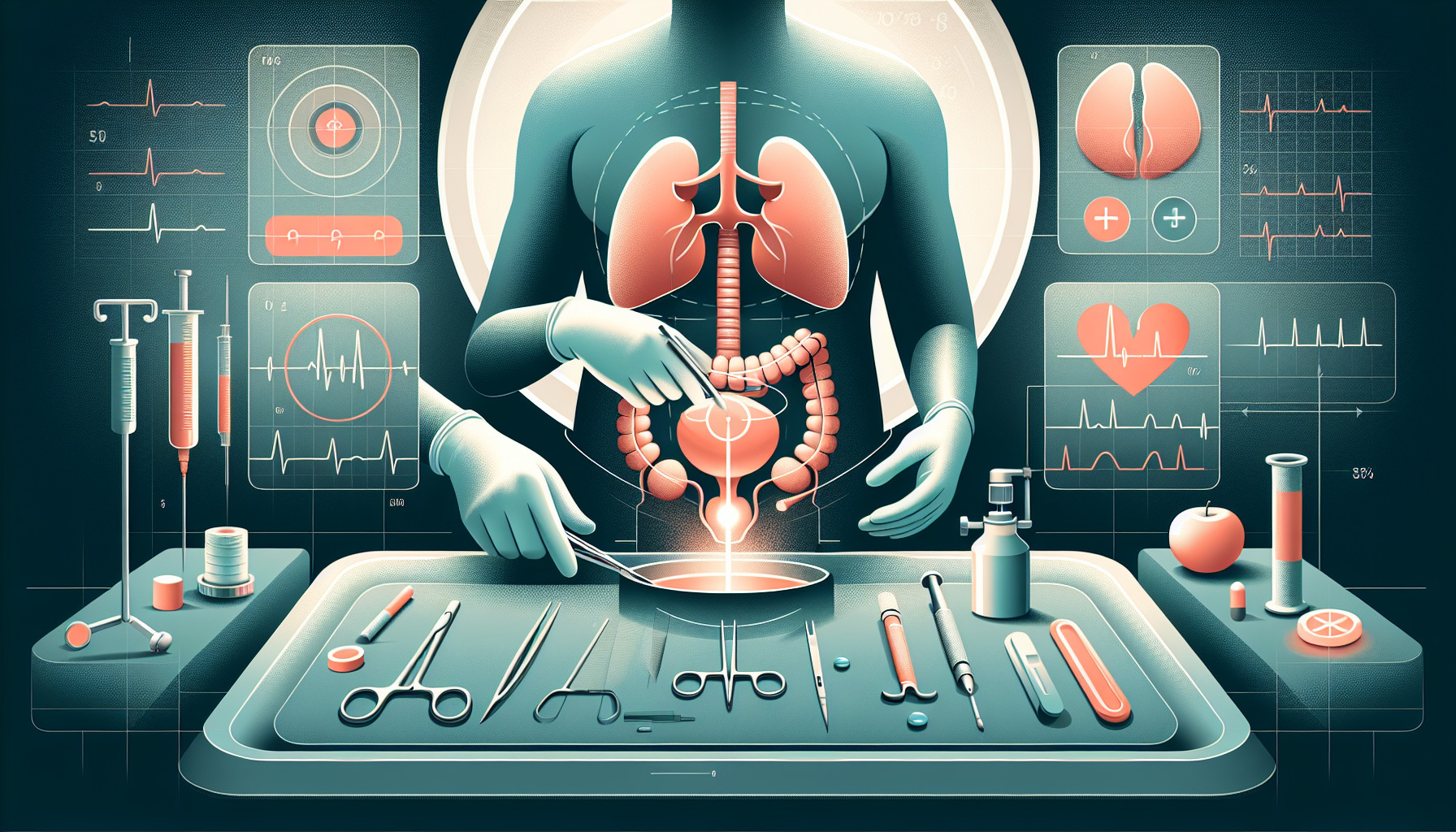Our Summary
This research paper is a comparison between two robotic systems used in prostate surgery: the Hugo RAS System and the Da Vinci System. The researchers gathered data from several studies involving over a thousand patients. They found that it took slightly longer to set up the Hugo system for surgery, but once it was up and running, the length of the surgery and the specific tasks performed during the surgery were similar with both systems. There was also no difference in the length of hospital stay, blood loss, how long a catheter was needed after surgery, or the rate of complications. The effectiveness of the surgery, in terms of cancer outcomes and function after surgery, were also similar with the two systems. The researchers conclude that the Hugo system performs as well as the Da Vinci system in prostate surgery, but recommend more studies to confirm these findings.
FAQs
- What are the two robotic systems compared in this research paper for prostate surgery?
- Were there any differences observed in the performance of the Hugo RAS System and the Da Vinci System in prostate surgery?
- Do the researchers recommend one system over the other for prostate surgery?
Doctor’s Tip
One helpful tip a doctor might tell a patient about prostatectomy is to follow the post-operative care instructions closely to ensure a smooth recovery. This may include taking prescribed medications, avoiding heavy lifting or strenuous activities, and attending follow-up appointments. It is also important to communicate any concerns or changes in symptoms to your healthcare provider promptly.
Suitable For
Patients who are typically recommended for prostatectomy, whether using the Hugo RAS System or the Da Vinci System, include those with localized prostate cancer that has not spread beyond the prostate gland. Other factors that may lead to a recommendation for prostatectomy include:
- The cancer is confined to the prostate gland and has not spread to other parts of the body
- The cancer is considered aggressive or high-risk based on biopsy results
- The patient has a life expectancy of at least 10 years
- The patient is in good overall health and able to tolerate surgery and anesthesia
- The patient has urinary symptoms or obstruction due to an enlarged prostate
- The patient has failed other treatments such as radiation therapy or hormone therapy
It is important for patients to discuss their individual case with their healthcare provider to determine if prostatectomy is the best treatment option for them.
Timeline
Before prostatectomy:
- Patient undergoes various tests and consultations to determine the need for surgery and to assess their overall health
- Patient receives information about the procedure, potential risks and benefits, and post-operative care
- Surgery is scheduled and patient may need to follow certain pre-operative instructions such as fasting or bowel preparation
After prostatectomy:
- Patient is monitored closely in the recovery room for any immediate complications
- Patient may experience pain, discomfort, and temporary urinary incontinence
- Patient will likely have a catheter in place for a period of time to help with urine drainage
- Patient will gradually resume normal activities and follow-up appointments with their healthcare provider
- Patient may undergo additional treatments such as radiation therapy or hormone therapy depending on the specific case
Overall, the recovery process can vary from patient to patient and may take several weeks to months before full recovery is achieved. It is important for patients to follow their healthcare provider’s instructions and attend all follow-up appointments to ensure the best possible outcome.
What to Ask Your Doctor
- What are the potential risks and complications associated with prostatectomy surgery?
- How long is the recovery process expected to be and what can I do to aid in my recovery?
- Will I need to undergo any additional treatments or therapies after the surgery?
- What are the expected outcomes in terms of cancer control and quality of life after the surgery?
- How experienced is the surgical team with the specific robotic system being used for the prostatectomy?
- What is the success rate of prostatectomy surgeries performed using the specific robotic system being recommended?
- Are there any alternative treatment options for prostate cancer that I should consider before undergoing surgery?
- Will I need to make any lifestyle changes or follow a specific diet after the surgery to promote healing and prevent complications?
- How often will I need to follow up with my doctor after the surgery for monitoring and ongoing care?
- Are there any support groups or resources available for patients who have undergone prostatectomy surgery?
Reference
Authors: Wang L, Yang JW, Li X, Li KP, Wan S, Chen SY, Yang L. Journal: J Robot Surg. 2024 Oct 24;18(1):379. doi: 10.1007/s11701-024-02146-8. PMID: 39443428
